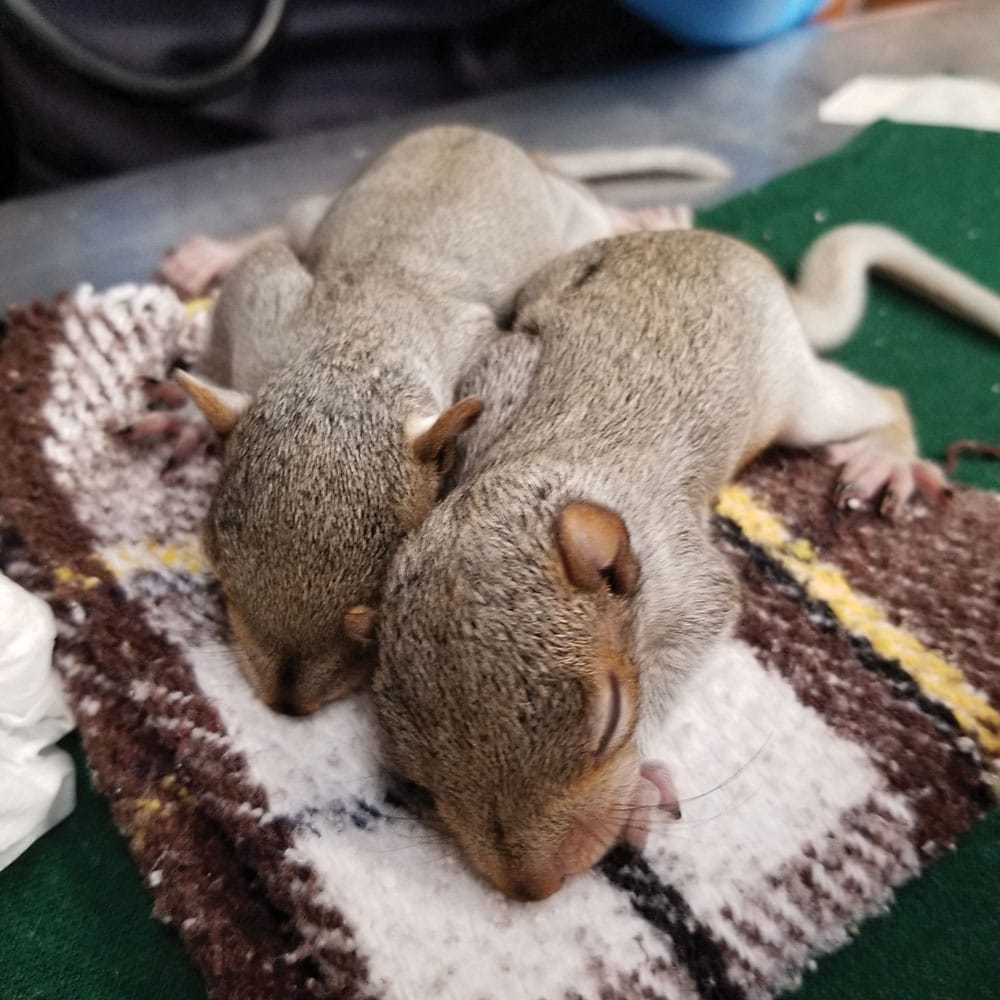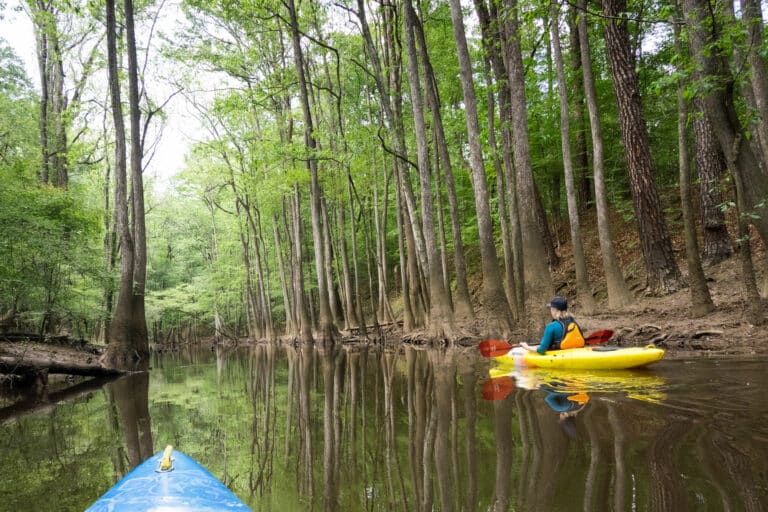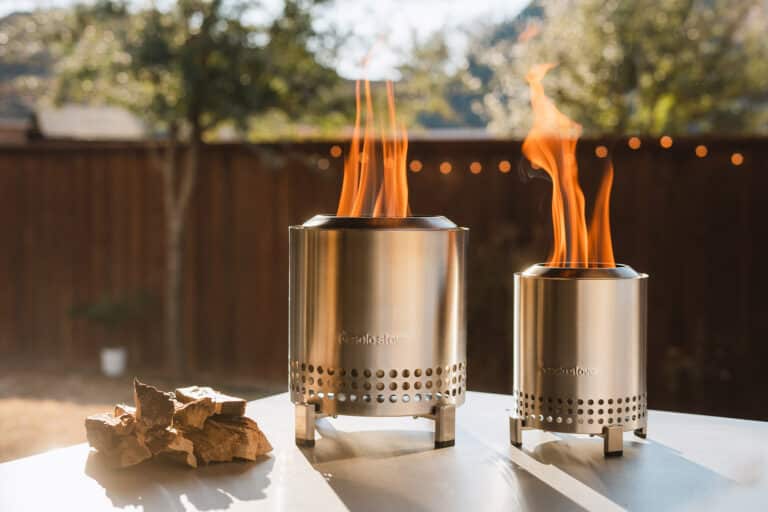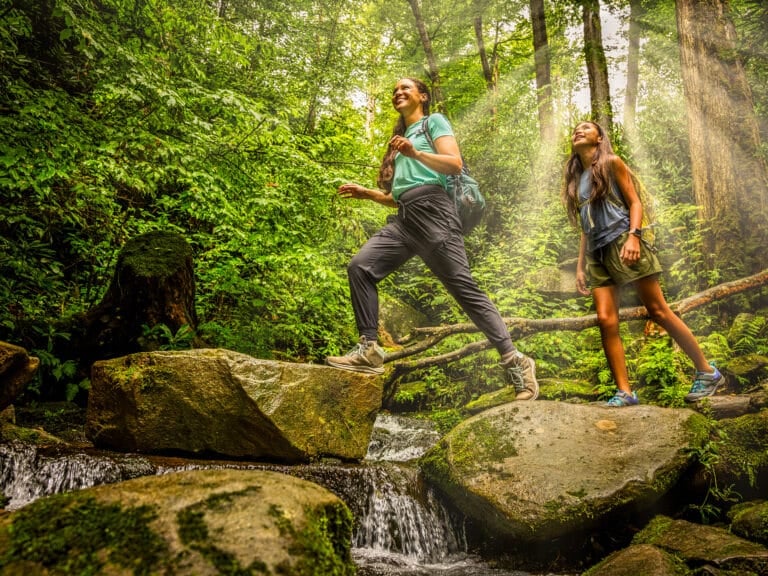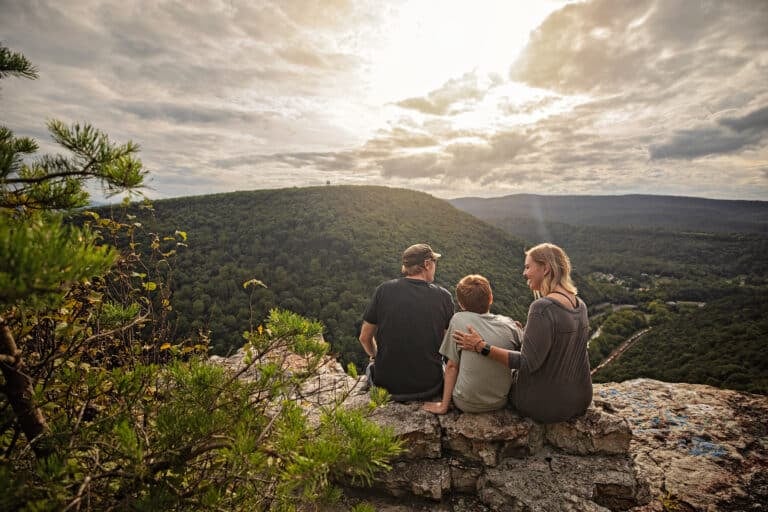Virginia wildlife rehabilitation hospitals get creative during pandemic.
Southwest Virginia Wildlife Center staff and volunteers are now caring for baby squirrels at home. Photo courtesy Southwest Virginia Wildlife Center
Hannahleah Hoyt didn’t realize the world had descended into pandemic-induced chaos until she arrived at the Dublin International airport in early March. The Virginia Tech senior had spent her spring break with 11 other students, horseback riding and hiking the Atlantic coast, studying the culture, history, and environment of rural Ireland. Nothing during their idyllic week away had prepared them to return to a society in crisis.
“It was crazy. There were lines and lines,” she said. “People sleeping on the floor. Half the flight board was cancelled.”
Meanwhile, in Roanoke, Va., staff at the Southwest Virginia Wildlife Center (SVWC), where Hannahleah works as an animal caregiver, were trying to figure out how to manage their urgent, never-ending caseload, while also following strict social-distancing guidelines. Sabrina Garvin, the executive director of the center, said her employees had already agreed to forego all other aspects of daily life except for their jobs—no grocery store runs, no daycare pickups—to minimize their risk of exposure. Just home, work, repeat. Meals were served on the clock.
“If one of them went down,” Garvin said, “what were we going to do?”
The SVWC is used to emergencies. Every year, a staff of veterinarians, interns, and volunteers treats and rehabilitates more than 2,000 injured, sick and orphaned wild animals, including bears, bats, turtles, and birds—lots of birds. But a global pandemic? Well, that was a new kind of emergency.
And while there’s never a good time for a pandemic, for wildlife rehabilitation hospitals, “baby season” might be the worst. In late March, “baby squirrels are falling out of trees every time the wind blows,” said Ed Clark, President of the Wildlife Center of Virginia (WCV), another wildlife hospital in Waynesboro. Springtime in Virginia’s three wildlife rehabilitation facilities means stacks of 10-gallon aquariums full of furry infants, and crowds of volunteers standing by to feed them around the clock.
“If only we could take these animals home,” Garvin said—mostly in jest—on a phone call with Clark. Thinking it couldn’t hurt to ask, Clark reached out to the Virginia Department of Game and Inland Fisheries (VDGIF) to see if anything could be done.
Forty-eight hours later, VDGIF Executive Director Ryan Brown signed an emergency executive order that allowed permitted individuals to care for healthy mammals at home. Garvin and Clark were stunned. “All credit to [VDGIF],” Clark said. “It was thoughtful, logical, and unprecedented.”
Garvin wasted no time in outsourcing her young patients. She called Hoyt, back from Ireland and under a mandatory 14-day quarantine at her parents’ house in Salem.
“She said, ‘do you want some squirrels?’” Hoyt remembered, “and I was like, ‘of course I want some squirrels!’”
Hoyt started working with animals at a young age. After fostering cats and dogs for the local SPCA, she began volunteering for SVWC in 2018, where she interned and eventually accepted a staff position. She would have been a veterinarian, Hoyt said, “but math is not my friend.” Instead she’s majoring in history with an emphasis in environmental and conservation history.
Hoyt received eight squirrel babies, called kits, five of whom had already opened their eyes and needed about three meals a day. The rest were still helplessly blind, kits who needed not only to be syringe-fed every six hours, but also manually stimulated with a warm cotton ball to poop and pee.
Undaunted, Hoyt said caring for the kits gave her “something meaningful to do,” while she was under quarantine. Feeding all eight squirrels took at least an hour, during which Hoyt caught up on podcasts or TV. Still, as a harried squirrel guardian, Hoyt had to figure out ways to make sure she stayed on schedule. “I have a lot of alarms set on my phone right now,” she said. Hoyt said she was looking forward to returning to SWVC following her quarantine, and bringing the kits—grown-up and healthy—with her.
As for the Virginia Wildlife Center, Clark has turned to a vet and an intern who were returning from overseas to take on juvenile mammals during their quarantine. A volunteer “who just loves baby possums,” is in heaven, he said.
For work that can’t be taken home, Clark’s staff has divided into two teams, blue and grey (“like the Civil War”) that never overlap. Instead they brief each other each day by video conference.
As one of the world’s leading teaching and research hospitals for wildlife conservation and medicine, the WCV is also working to develop training for other wildlife care facilities around the country as they face the unique challenge of COVID-19. In a recently posted video to the WCV website, staff detail the modified ways they are admitting and caring for animals—as well as ensuring the physical and mental well-being of each other.
And for the general public who, for now, cannot visit either WCV or SVWC, both facilities have beefed up their virtual offerings, including Facebook Live events, online book clubs, and livestreaming direct from the animal enclosures. Not everyone can ride out the pandemic handfeeding baby squirrels on their living room couch, but hanging out with Virginia’s black vultures, black bears, and bald eagles has never been more within reach.
